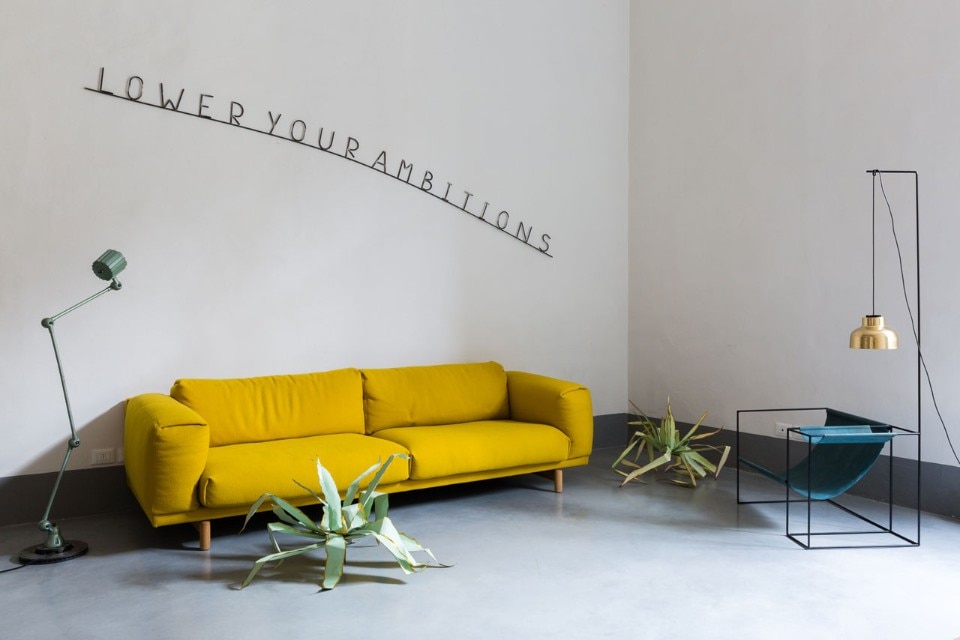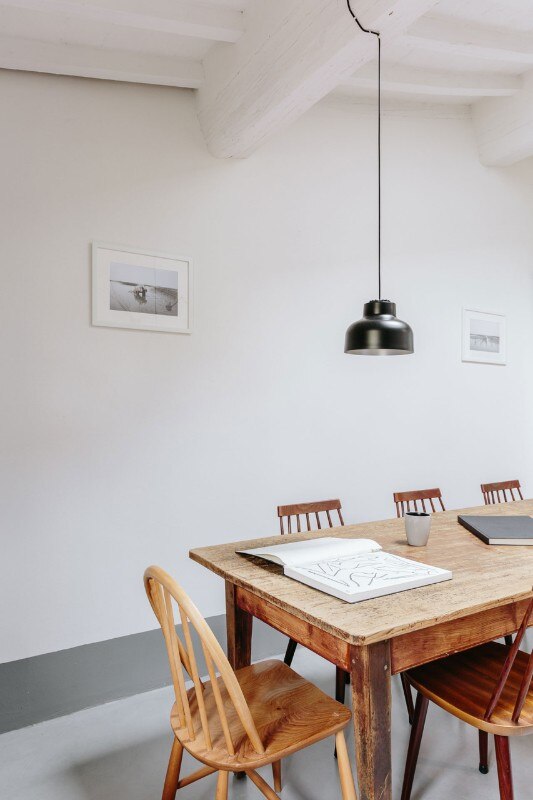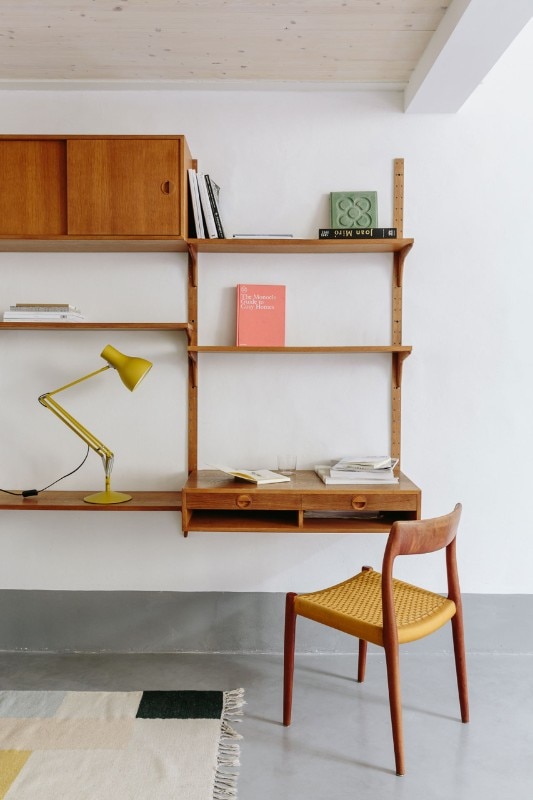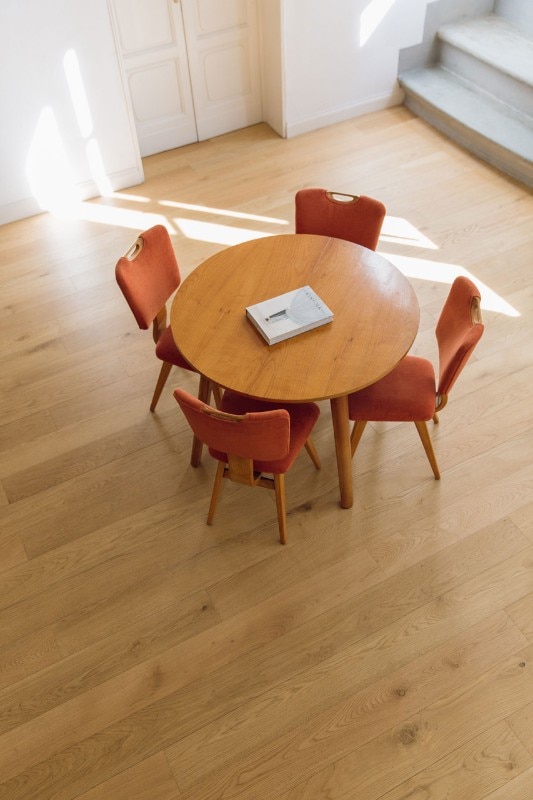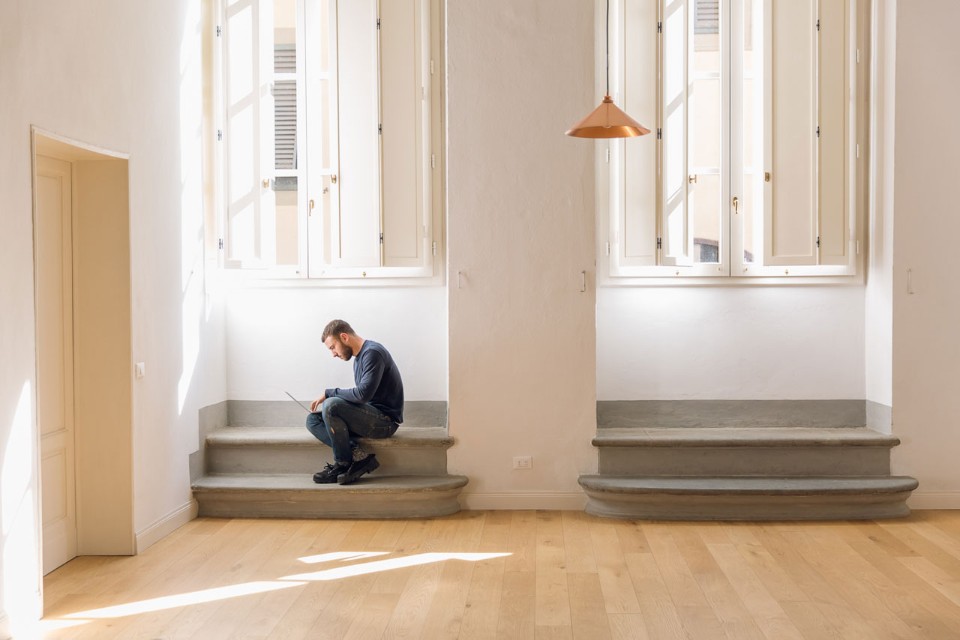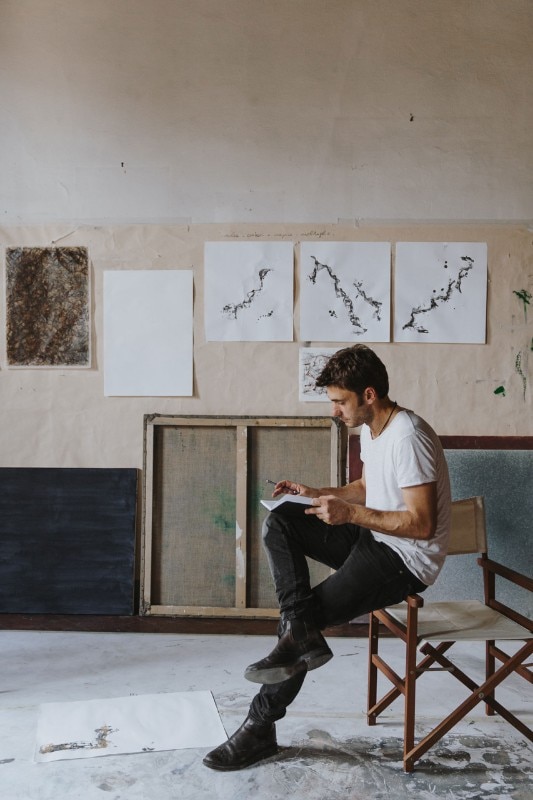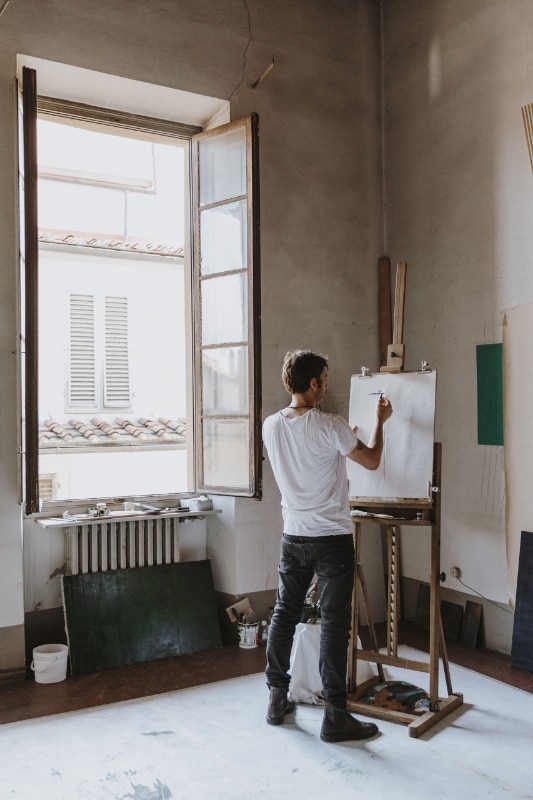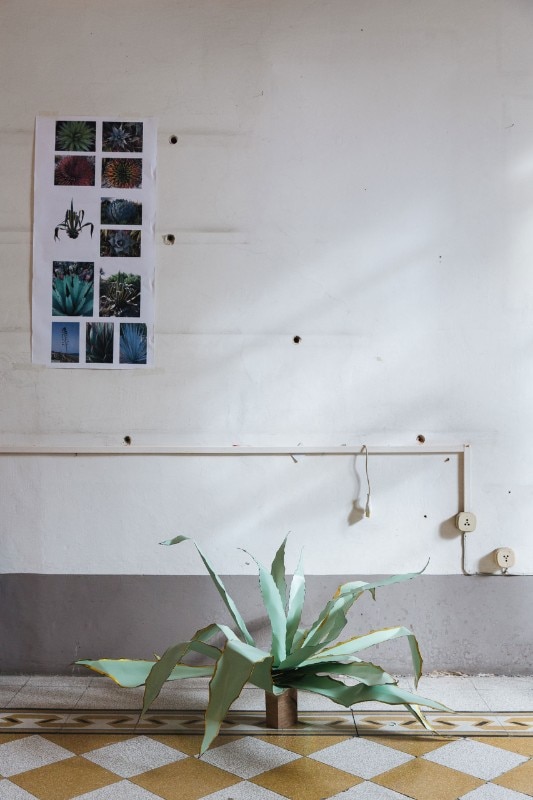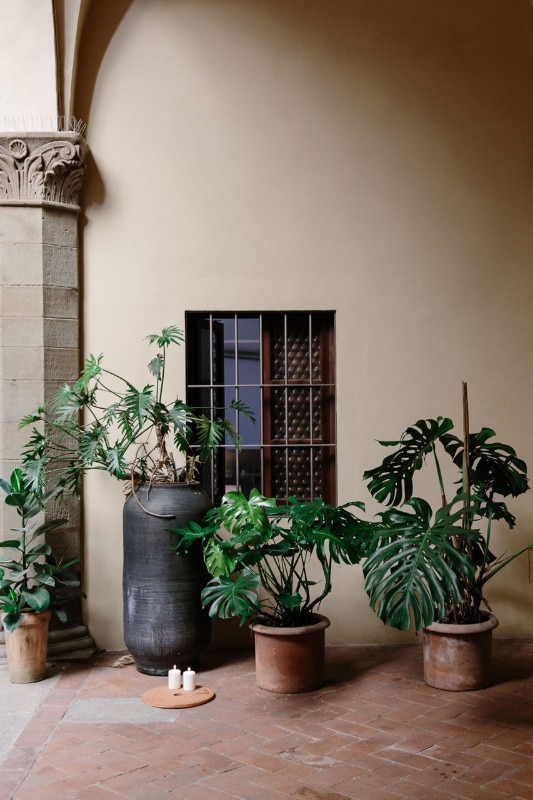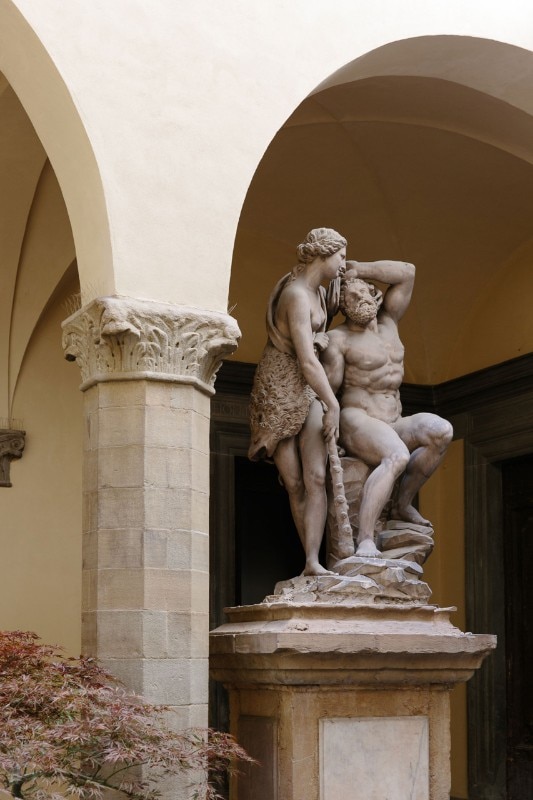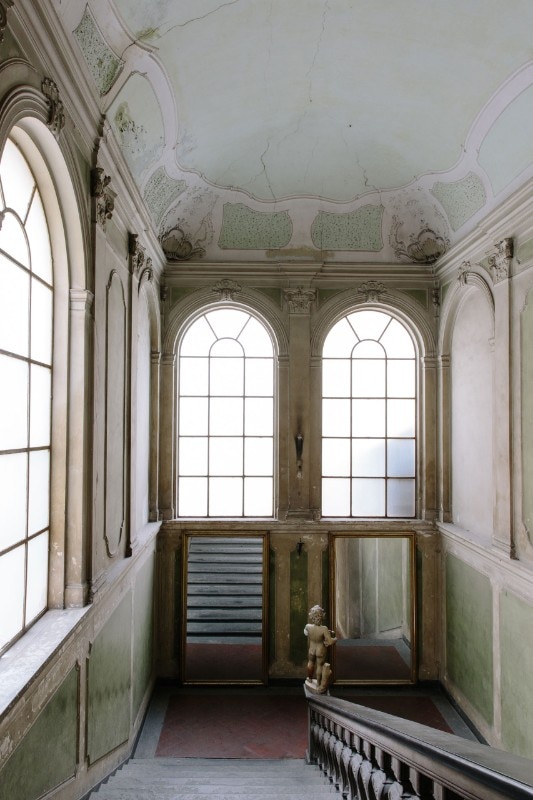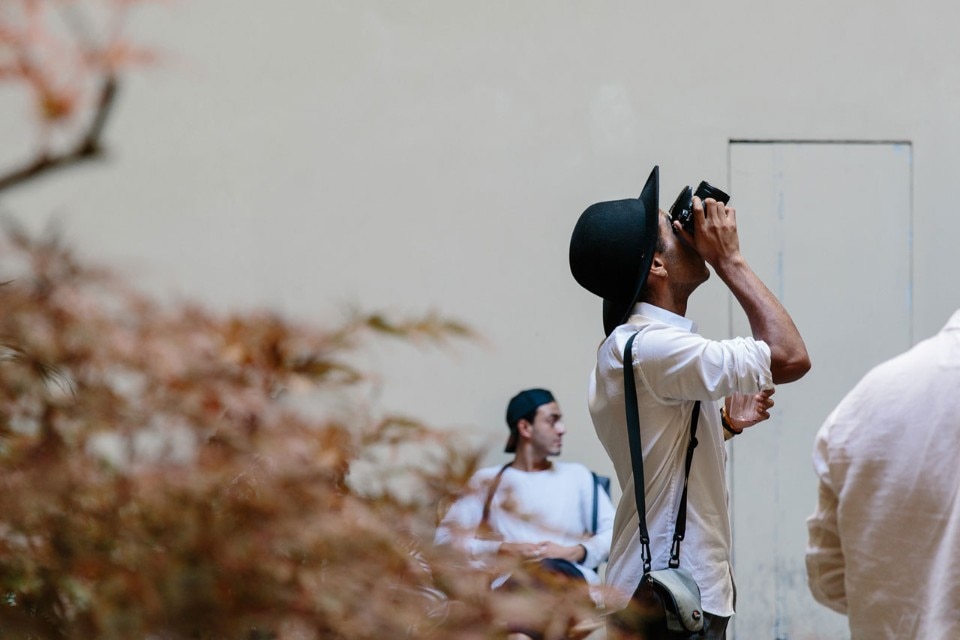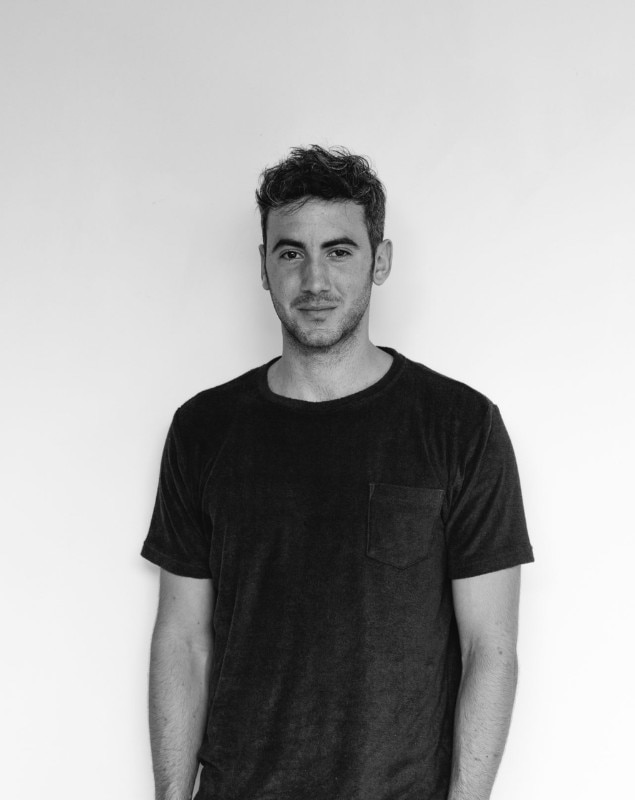The idea of the artist residences was born in the early 1960s with a two-fold intention: on the one hand, the need for isolation, while on the other, the desire to share creative spaces and points of view. The ideal conditions to nurture this inventiveness can be found in a new venue in Florence, a mix between a guesthouse and a gallery, where the enjoyment of art and design passes through a model that’s unique for the city. Numeroventi shapes its dimension in the historic Palazzo Galli Tassi, built in the early 1500s upon various pre-existing merchant homes from the fourteenth century, on via de’ Pandolfini. It’s here where I met up with Martino di Napoli Rampolla, the creator and founder of the project. Like an excellent host, he leads me through this airy co-living space, where the vaulted ceiling and ancient frescoes harmoniously frame the minimalist Scandinavian style. The contrast is made fluid by the soft sunlight that accompanies the loft’s clean soul. And, in fact, the air here sets the stage for free thinking aimed at new creative shores.

Martino, how did Numeroventi come about?
From the pages of a Japanese book, which explains the phenomenon of artist residences as an essential place of encounter and artistic production. An artist who, in exchange for hospitality, leaves one of his works and, at the same time, spends his time on a shared project: this was the starting point. After working for some time in Barcelona, where the mechanism that activates the wheel of creativity is always turned on, I decided to create this project, together with Alessandro Modestino Ricciardelli and Andrew Trotter, the director of Openhouse Magazine.
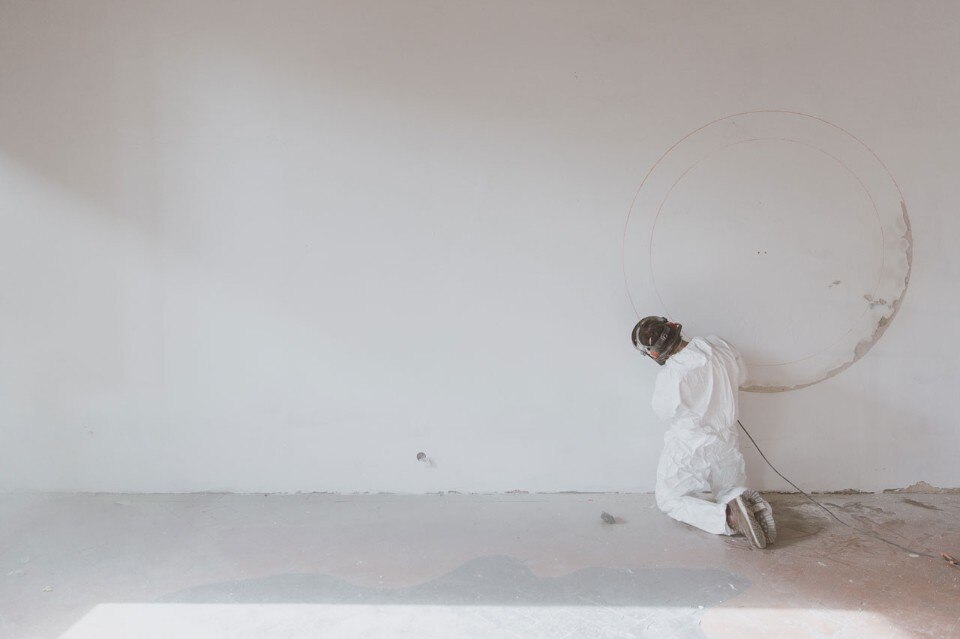
The location that gave concrete shape to this project is the palace where your ancestor once lived. It’s a curious story.
Yes, indeed. This was the workplace of Girolamo Pagliano, my grandma’s uncle, who was a chemist and theatre impresario as well as the inventor of a depurative elixir with beneficial properties. In 1854 he transformed the Carcere delle Stinche into what is today the famous Teatro Verdi. But getting back to the building, much of the original structure remains intact. The contrast between past and present generates a unique, decidedly particular energy. Our form is constantly changing; we take shape in the furniture with pieces from all over the world, and by displaying the works of artists who’ve spent some time here. It’s also thanks to this constant flow of energy that the location changes its look on a regular basis, by adding an accessory that is always new. Artists working in different creative disciplines allow us every day to discover unique potentials. We simply create the conditions and watch them grow.
What was the first change you made to this place?
We focused on the lighting, painting all the walls in white; instead, in Florence, interior walls are traditionally yellow. I began with my good aesthetic sense, rather than any real ability as an interior designer. Over time I learned the importance of creating contrasts, in colours, in details, in styles. These transitions were also useful in conveying a sense of lightness, in such an important setting. I really don’t think about accommodating the tastes of any specific target: this is a home, even if it’s a shared one.
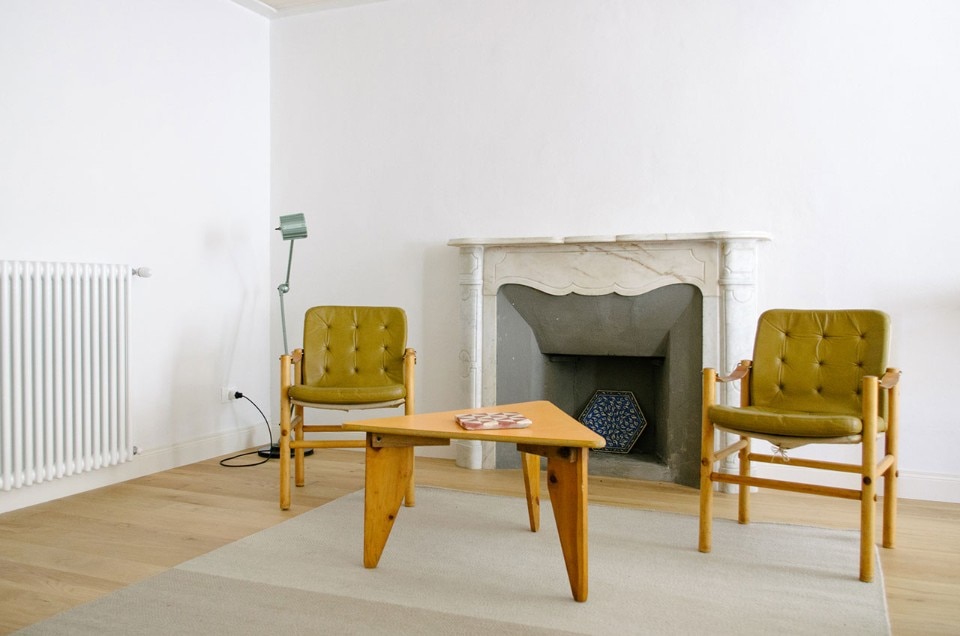
Which artists left their mark?
Without a doubt, Lorenzo Brinati, and then Duccio Maria Gambi, interior and furniture designers, Kasia Fudakowski, contemporary artist, Natalia Criado, jewellery and product designer, Albert Moya, filmmaker from Barcelona. Each of them worked here on their own personal project, while also creating the groundwork useful to generating others. They are examples of the residence’s main goal: to support an itinerary and develop an opportunity, celebrating the creative process. There’s a strong sense of sharing, an atmosphere that quickly becomes familiar, also thanks to shared spaces. As Olafur Eliasson once said: “The connection between the participants lies in the shared interest in artistic choices, and how creativity co-creates the world”. That’s why many of them arrive here with an idea, but they’re always ready to modify it. The outcome of their work becomes almost experimental, like the environment. After I came back from Japan, I was reminded that the beauty of travelling is the opportunity to change your perspective: in life and in work, each project cannot but benefit. I wish “our” home were a playground for professional artists, an arena of ideas and intuitions. Maintaining a quasi-infantile curiosity in this field allows participants to focus on the concept, without fearing unexpected results.
Future projects?
This is the direction I want for Numeroventi, expanding its horizons, so our artists can serve Florence, channelling all the energy into projects that reinterpret some city areas. The artist is the guest in the residence, the residence is the guest in the city and, naturally, these relations influence one another, favouring collectivity that generates innovative ideas. Instead, imagine if there were a group of local and international artists that could offer solutions useful to the social network. The approach, in this case as well, would be the same as the one we had at the start of this adventure: we want to see an idea grow and stand on its own two feet, letting the processes go where they may.
- Location:
- Florence
- Program:
- Artist residence
- Founder:
- Martino di Napoli Rampolla


